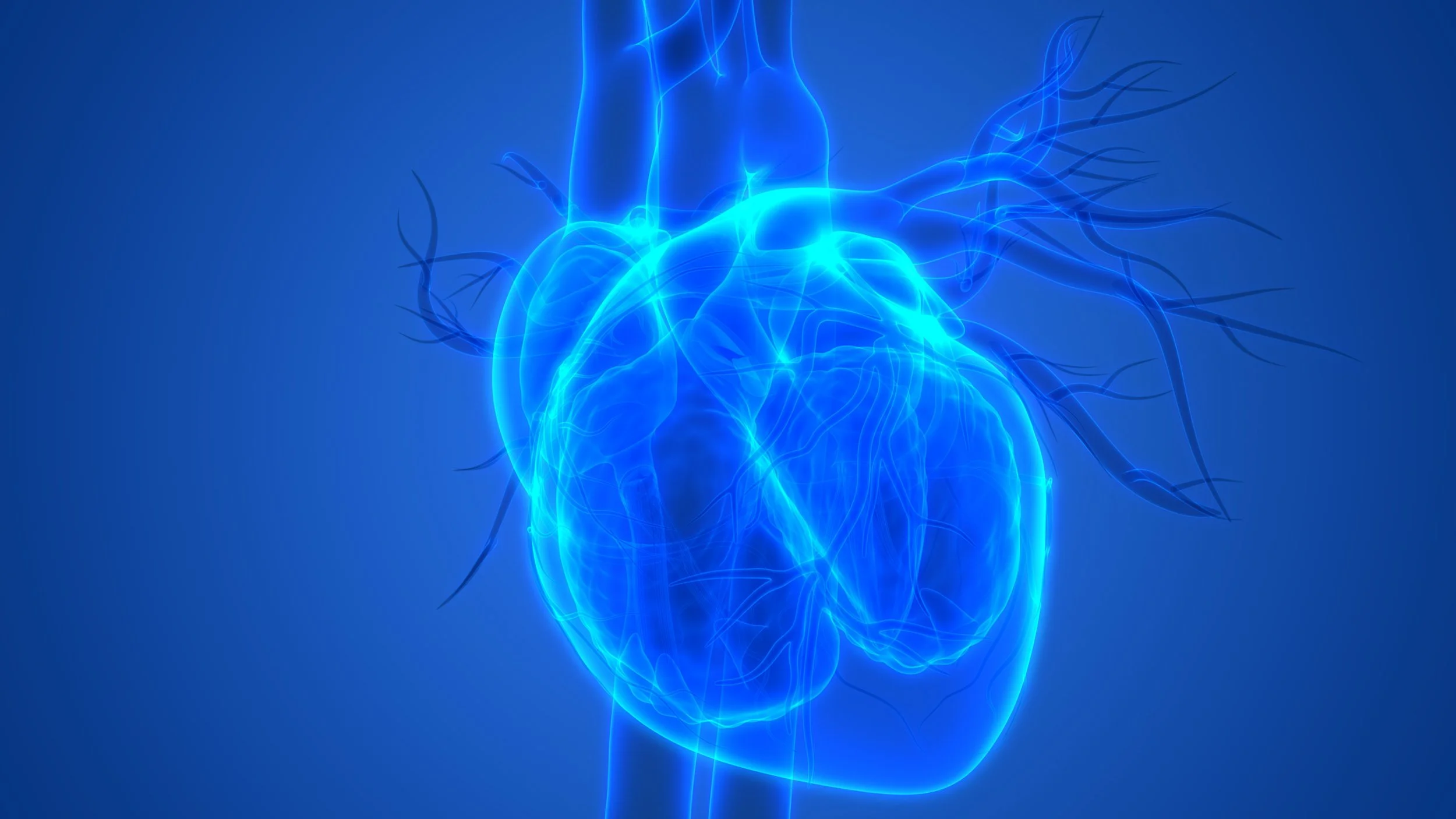Healing the Heart with an Extracellular Matrix
Every year, around 805,000 Americans suffer from heart attacks. Unfortunately, approximately 143,787 of those people die each year. So the reality is that a little over one in eight people die yearly from a heart attack. Given the number of deaths, it's crucial for researchers and doctors to push the boundaries on cardiovascular disease treatments. This is precisely why the work of scientists at the University of California, San Diego is so important.
These scientists have developed a biomedical material that heals heart attack damage. During a heart attack, the heart loses blood supply due to a blockage in an artery. This means that the cells in the heart aren't receiving adequate oxygen and other nutrients, which causes them to die off. Many damaged cells end up in the left ventricle, which pumps oxygenated blood to the rest of the body. This is why if a heart attack goes untreated, a person's heart could fail, and they could die in a very short amount of time. That's the worst-case scenario, however. The best-case scenario is that doctors can treat the patient by using drugs that unclog the artery. However, there is nothing they can do about the permanent tissue damage and inflammation the patient will now have to live with.
Scientists at UC San Diego have developed an extracellular matrix which is basically a bunch of proteins that work together to surround the heart. Once this matrix surrounds the heart, it protects it from inflammatory cells that would ultimately damage the heart more. In this way, the material reduces inflammation in the heart and encourages the heart to repair its cells, which ultimately helps repair the scarred tissue. The scientists' trial has shown success in both rodents and pigs. This gives the team hope that a human clinical trial will be successful and are looking to start the trial as soon as possible. This treatment is so revolutionary because permanent scarring from a heart attack can occur in under six hours from when a patient first experiences that attack. This trial finds a way to heal what was once permanent tissue damage and restore a damaged heart to proper working condition.
A similar technique of restoring tissue damage has been proven to work with stem cells derived from body fat, but the issue with this treatment option is that it's expensive, and there remain ethical concerns about the use of stem cells. Additionally, the extracellular matrix approach provides more structural support to the heart.
This technique for repairing tissue damage is highly innovative, but further safety studies will need to be conducted before a human clinical trial can take place. That being said, this method shows great promise not just for combatting heart damage but also damage to many other organs like brains. If the biomaterial proves successful in hearts and other organs, it could be the next key to treating organ damage.

